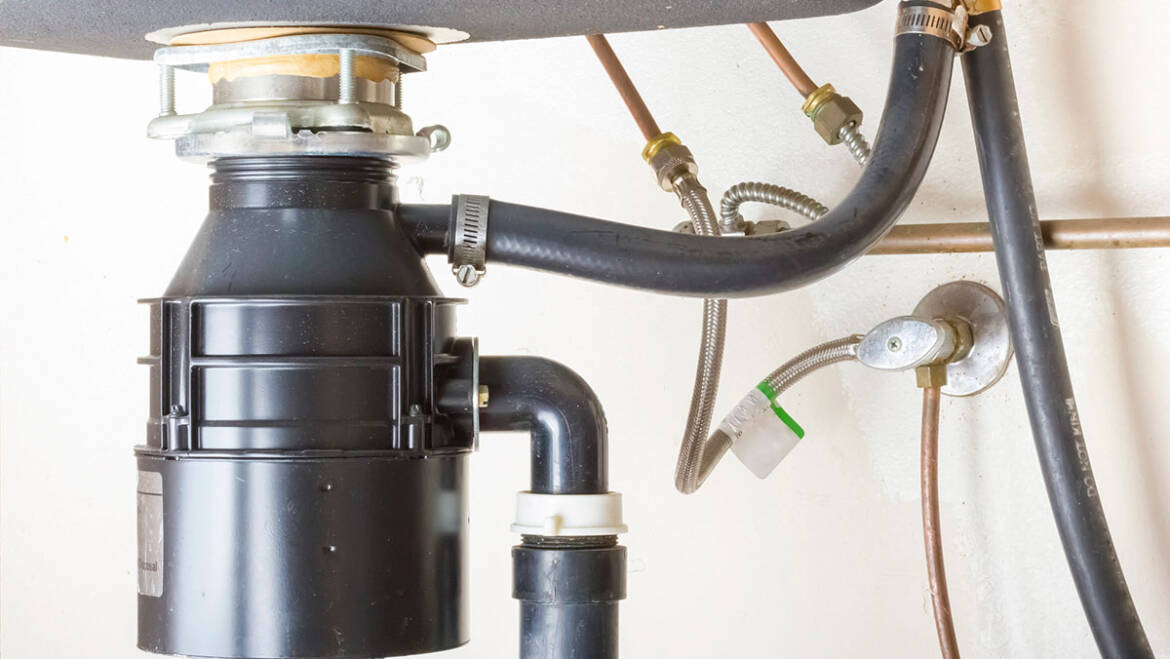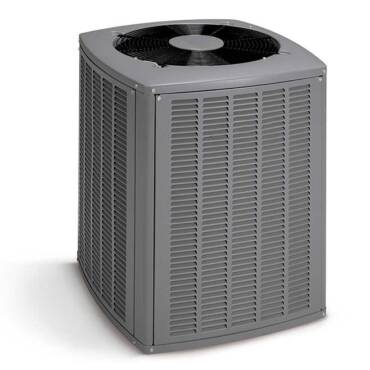As a third-generation heating, cooling and plumbing company in Central Texas, we’re often asked how to prevent pipes from freezing when a cold snap hits. The Woods Comfort Systems team would like to share essential tips to winterize your plumbing so it’s protected when temperatures dip below 32 degrees.
Insulate Exposed Pipes
It doesn’t take a lot for an exposed water pipe to freeze, crack and burst open. Although the majority of your plumbing system may be inside the home, there are areas where cold overnight drafts can do significant damage. For instance, pipes that run under the home, from a private well pump house, or even those under the sink may be at risk. If a cold draft can consistently reach even a few inches of the pipe, it remains vulnerable.
Insulation Techniques
You can winterize your plumbing with pipe insulation techniques. It’s important to securely cover the entire exposed area of any water pipe. To accomplish this task, you’ll need to select materials such as duct tape and expanding spray foam insulation, as well as a pipe sleeve or wrapping insulation.
- Foam Pipe Sleeves: This insulator slips over exposed pipes and keeps the drafts from impacting the surface. If you decide to employ user-friendly pipe sleeves, you’ll need to secure the open ends tight together. Duct tape remains a go-to resource for installing pipe sleeves.
- Pipe-Wrap Insulation: This product comes in handy in areas that prove too short or difficult to slip over a pipe sleeve. The strands of insulation are wrapped around the water pipe with the shiny side out. Secure the material tightly using duct tape as needed.
Be sure to cover every inch of the pipes to prevent cold drafts from making direct contact.
Seal Cracks and Openings
Water pipes under sinks and places where they enter the home are among the most common locations for drafts. However, the list of water pipe dangers is not necessarily limited to these areas. Just about every home has a cold temperature vulnerability that requires a solution, such as the following:
- Crawl Spaces: It may be a difficult undertaking, but check the pipes under your home to ensure that every inch is insulated. Even if you had them professionally insulated at some juncture, moisture, age and wildlife could cause exposed areas. Someone will need to get under the structure and re-insulate the pipes.
- Pump Houses: Modern well systems rely on PVC materials to transfer water from the ground through a filtration unit and into the house. These commercial plastic products serve as cold-temperature conductors. Check your pump house, especially the sections that enter the home.
Not every inch of your water pipes is suitable for foam sleeves or wrap-around insulation. Difficult spots can be addressed by using spray foam insulation that expands in place.
Drain Outdoor Faucets
End of season maintenance includes properly draining all of your outdoor faucets. The tried-and-true way to ensure the first frost doesn’t result in cracked and leaking pipes is to find the shutoff valve inside the house. Turn it to the off position. Then, go outside and open the spigot and allow all the water to drain.
One of the faux pas some property owners make is to then close the outdoor faucet. This can prove a critical error should the shutoff valve let some water trickle through. Should the pipe and faucet fill with water, it could burst once a deep freeze hits.
Maintain a Consistent Temperature
Attempting to save energy by turning off your heating system when no one is home too often results in frozen pipes. When the cold weather arrives, consider establishing a minimum setting for your thermostat to avoid frozen pipe damage.
Let Faucets Drip
If you’re concerned about pipes that may not be adequately insulated, allowing faucets to drip is an old trick. Moving water doesn’t freeze as easily. Opening your faucet just a tad to keep it moving could give you just enough time to have difficult-to-reach areas professionally insulated.
Use Heat Tape to Keep Pipes From Freezing
For those outside the plumbing, HVAC and electrical trades, heat tape is a flexible cable that wraps around sections of pipe that are particularly vulnerable to freezing. Heat tape has proven a boon for commercial buildings, and there are plenty of products available to homeowners. Simply wrap it firmly around pipes that are not insulated and plug it into an outlet when you anticipate extreme cold weather.
Monitor Indoor Temperature
The next-generation technologies employed in heating and cooling systems provide homeowners with fail-safe protections. A smart thermostat allows residents to check the indoor temperature of their home from just about any cell phone or handheld device. You can also program smart thermostats to send you an alert if something malfunctions and the temperature drops. Monitoring your home’s climate ranks among the best ways to prevent pipes from freezing and bursting, and the water damage that follows.
Woods Comfort Systems Offers Water Pipe Repairs
By following these winterization tips, homeowners can significantly reduce the risk of frozen pipes and the associated damage that comes with them. The team at Woods Comfort Systems in San Marcos, TX, hopes these pipe protection tips serve you well. If you are concerned about exposed or aging plumbing, contact us today. Let’s get your plumbing repair started.
Whether you require installation, repair, or maintenance, our technicians will assist you with top-quality service at any time of the day or night. Take comfort in knowing your indoor air quality is the best it can be with MOE heating & cooling services Ontario's solution for heating, air conditioning, and ventilation that’s cooler than the rest.
Contact us to schedule a visit. Our qualified team of technicians, are always ready to help you and guide you for heating and cooling issues. Weather you want to replace an old furnace or install a brand new air conditioner, we are here to help you. Our main office is at Kitchener but we can service most of Ontario's cities
Source link



